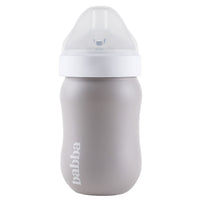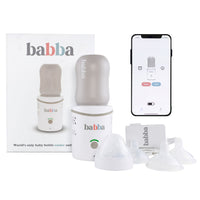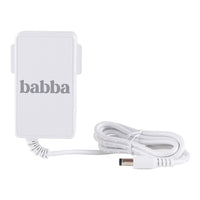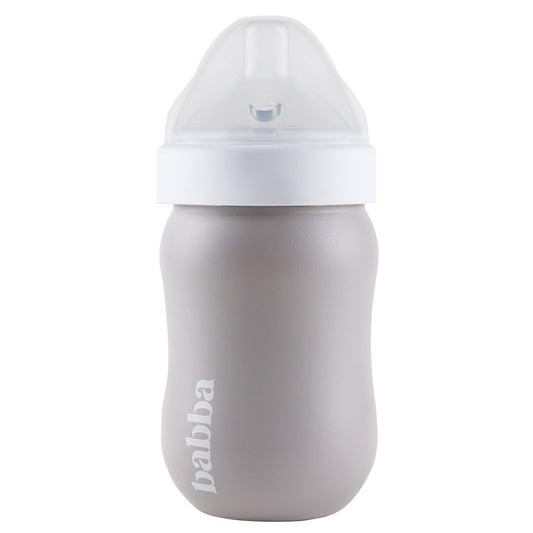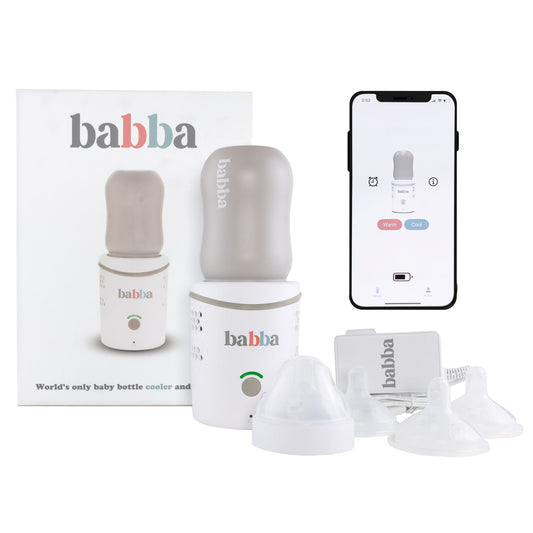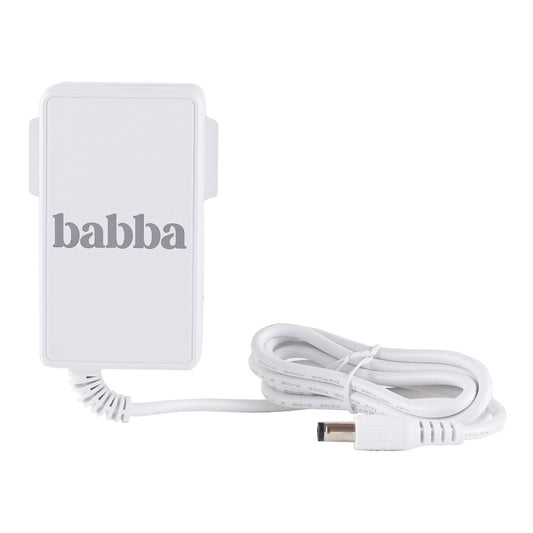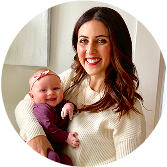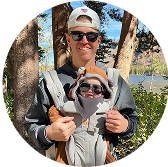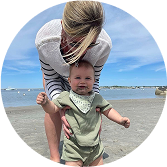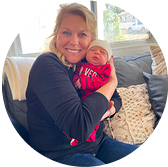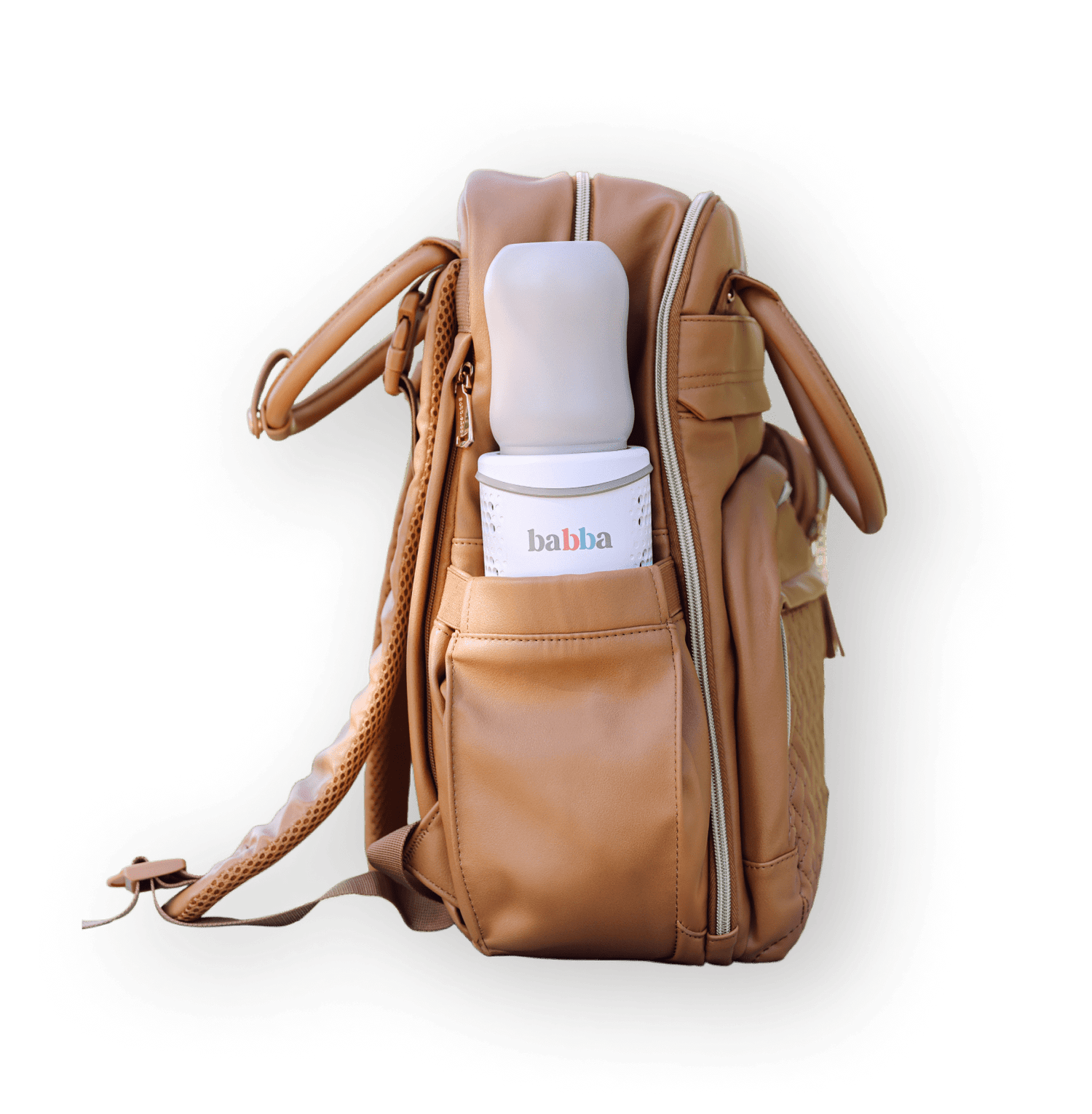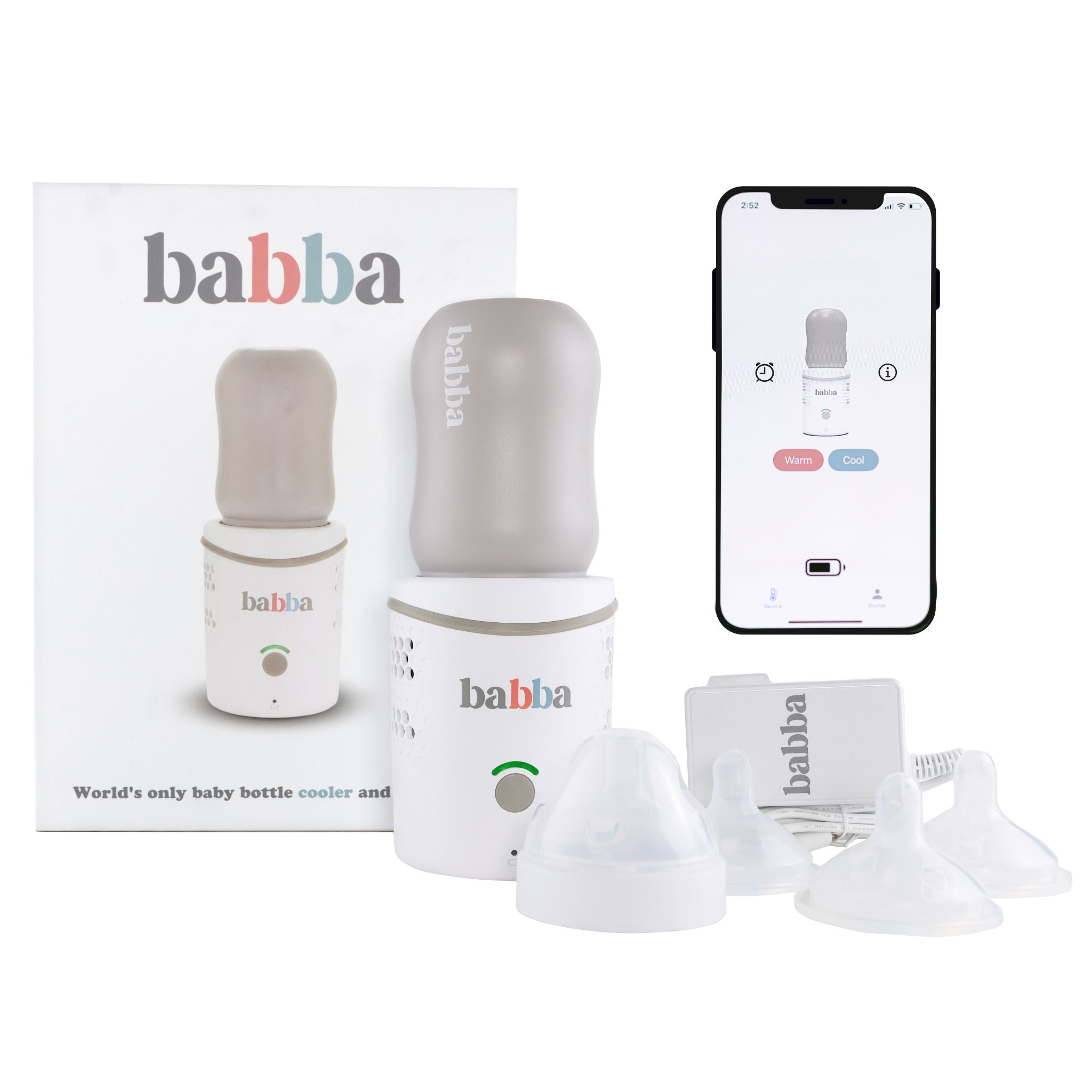How to store breast milk and formula for your baby

Ensuring the safe storage of breast milk and formula is crucial for your baby's health and nutrition. Proper handling preserves the milk’s nutritional value and prevents bacterial growth. Here’s a comprehensive guide to help you store breast milk and formula safely.
Storing Breast Milk
Expressing breast milk provides flexibility, allowing others to feed your baby and enabling you to maintain your milk supply when apart. Proper storage is essential to retain its benefits.
1. Choose the Right Storage Containers
-
Use Appropriate Containers: Opt for clean, food-grade glass or BPA-free plastic containers with tight-fitting lids. Special breast milk storage bags are also suitable.
-
Avoid Disposable Plastic Bags: General plastic bags or bottle liners are not designed for safe long-term storage and may leak or break.
2. Label Everything
-
Clearly write the date and time on each container. This helps you use the oldest milk first and track freshness.
3. Storage Guidelines
|
Storage Location |
Recommended Duration |
|
Room Temperature (Up to 77°F / 25°C) |
Up to 4 hours |
|
Refrigerator (40°F / 4°C) |
Up to 4 days |
|
Freezer (0°F / -18°C or lower) |
Best within 6 months, but safe for up to 12 months |
-
Store milk in the back of the fridge/freezer, where the temperature remains stable.
-
Do not refreeze thawed milk—once thawed, use within 24 hours.
4. Thawing and Warming Breast Milk
-
Thawing: Place frozen milk in the fridge overnight or use a bowl of warm water for faster thawing.
-
Warming: Warm refrigerated milk by placing the sealed container in warm (not hot) water. Shake gently before serving.
-
Never Microwave: Microwaving creates hot spots and destroys valuable nutrients.
5. After Feeding
-
Use within 2 hours if your baby doesn’t finish the bottle. Discard any leftover milk to prevent bacterial contamination.
Storing Formula Milk
Formula preparation and storage require careful attention since it lacks the natural antibodies found in breast milk.
1. Prepare Formula Safely
-
Wash hands thoroughly before mixing formula.
-
Follow precise water-to-formula ratios as instructed on the packaging—adding too much or too little water can harm your baby.
2. Storage Guidelines for Prepared Formula
|
Storage Location |
Recommended Duration |
|
Room Temperature (<77°F / 25°C) |
Use within 2 hours |
|
Refrigerator (40°F / 4°C) |
Use within 24 hours |
-
Store prepared formula in sealed bottles in the back of the fridge if making ahead of time.
-
Discard any formula left at room temperature for over 2 hours.
3. Warming Formula
-
Warm bottles in a bowl of warm water or a bottle warmer—never microwave.
-
Shake the bottle well and test a drop on your wrist before feeding.
4. Storing Opened Formula Containers
-
Powdered formula: Store in a cool, dry place with the lid tightly closed. Use within 1 month of opening.
-
Ready-to-feed or liquid formula: Once opened, refrigerate and use within 48 hours.
5. After Feeding
-
Discard any leftover formula—bacteria from saliva can contaminate it.
Additional Tips for Breast Milk & Formula Storage
-
Use an insulated cooler with ice packs when traveling to keep milk at the right temperature.
-
Keep all bottles and storage containers sanitized to avoid contamination.
-
Follow the “first in, first out” rule to ensure the oldest milk or formula gets used first.
By following these best practices, you can store breast milk and formula safely, ensuring your baby receives fresh and nutritious feeds every time.
